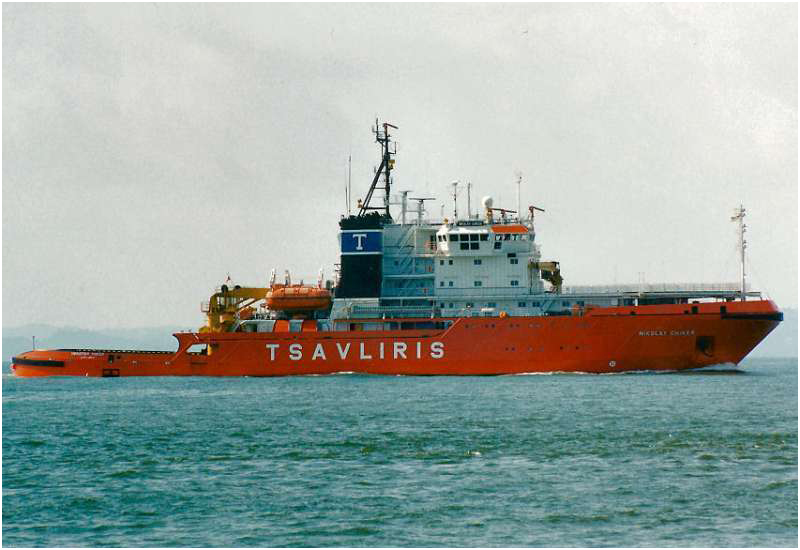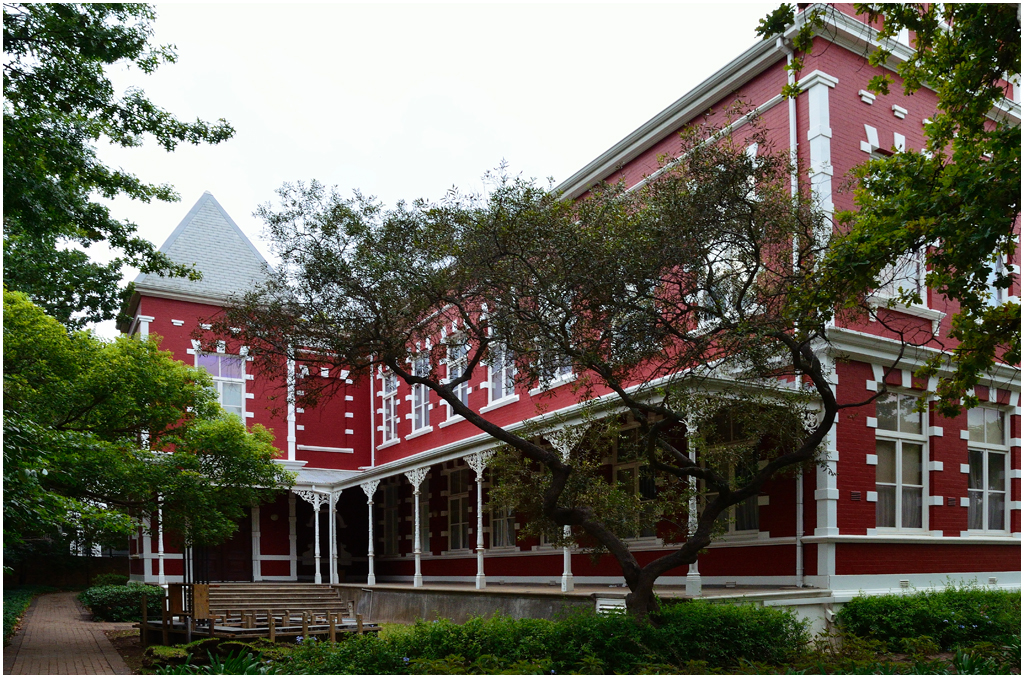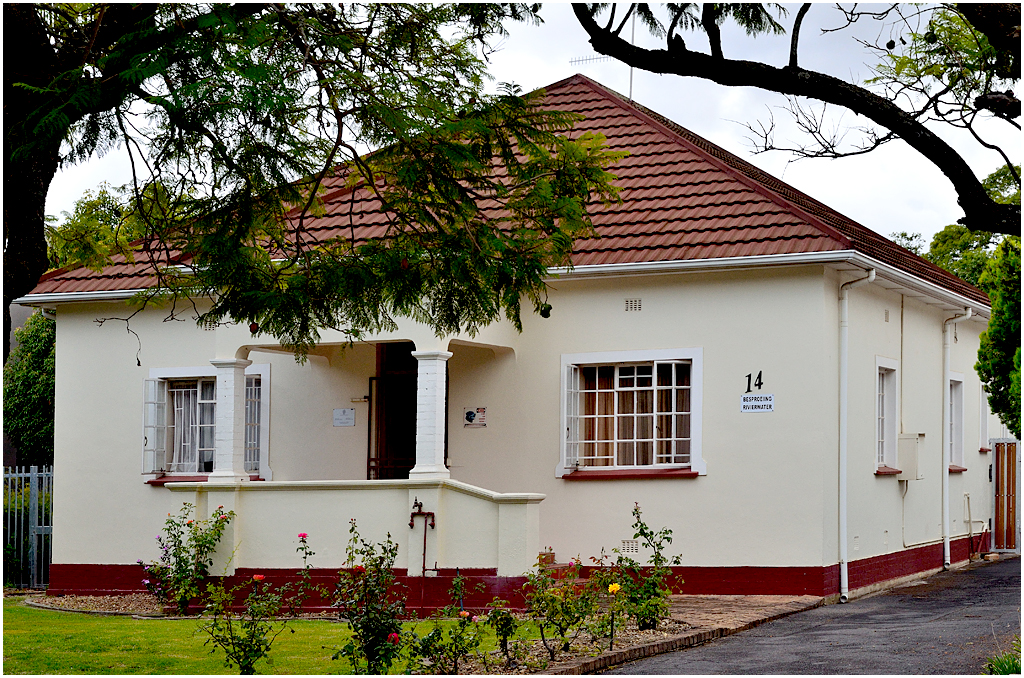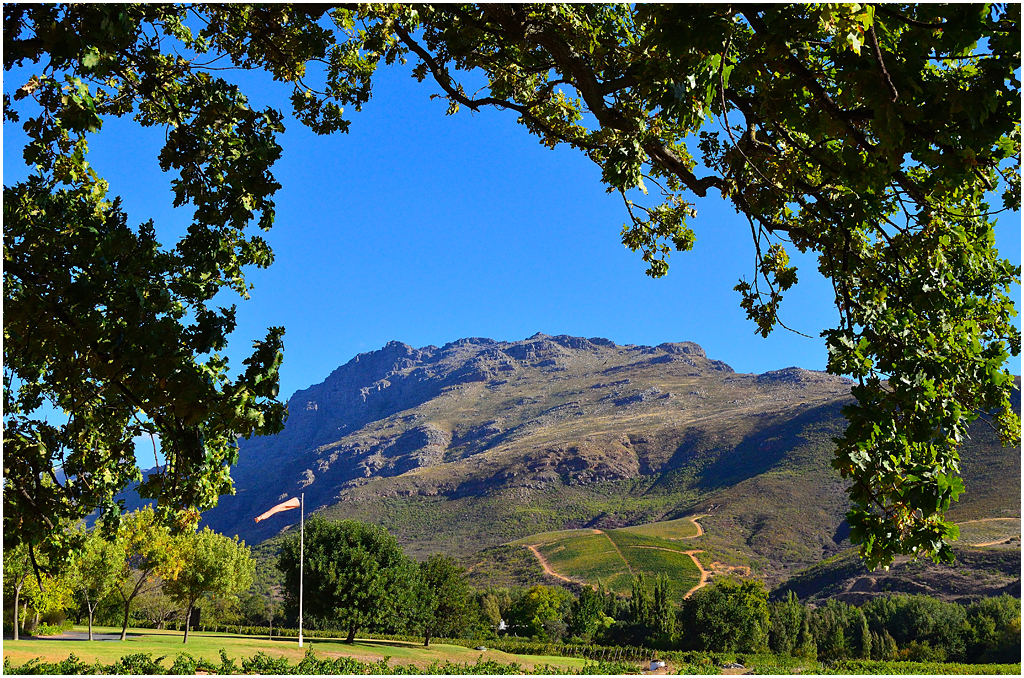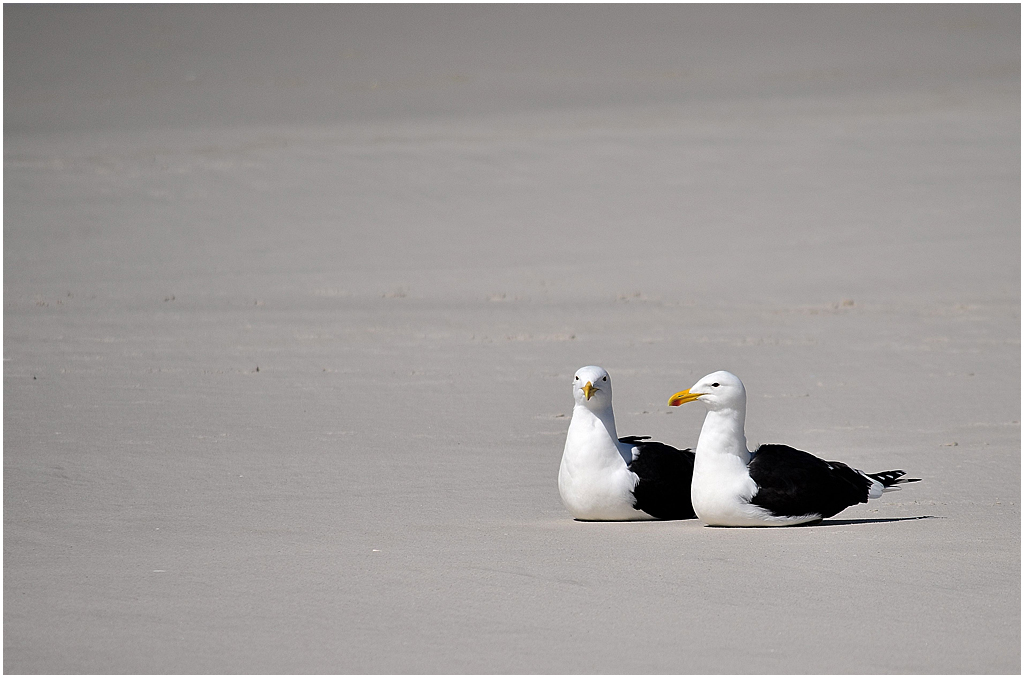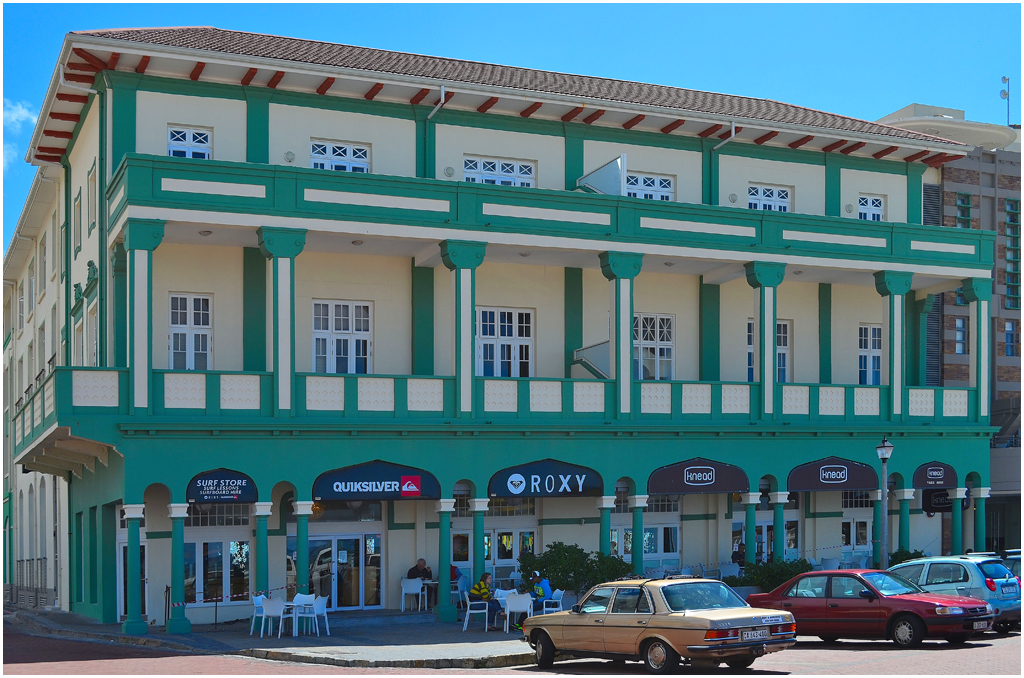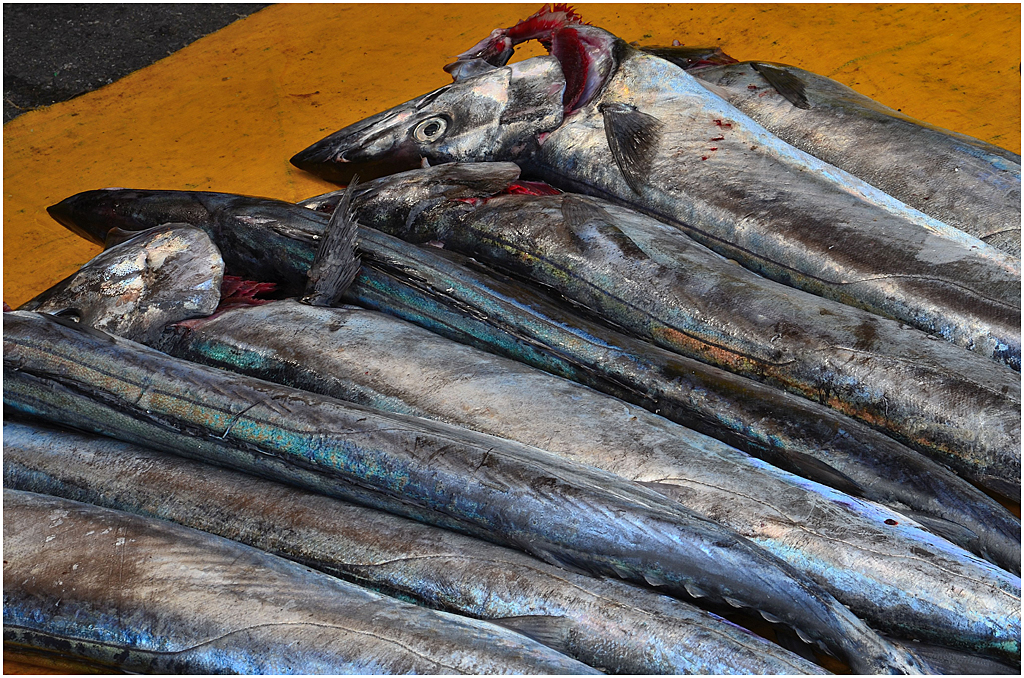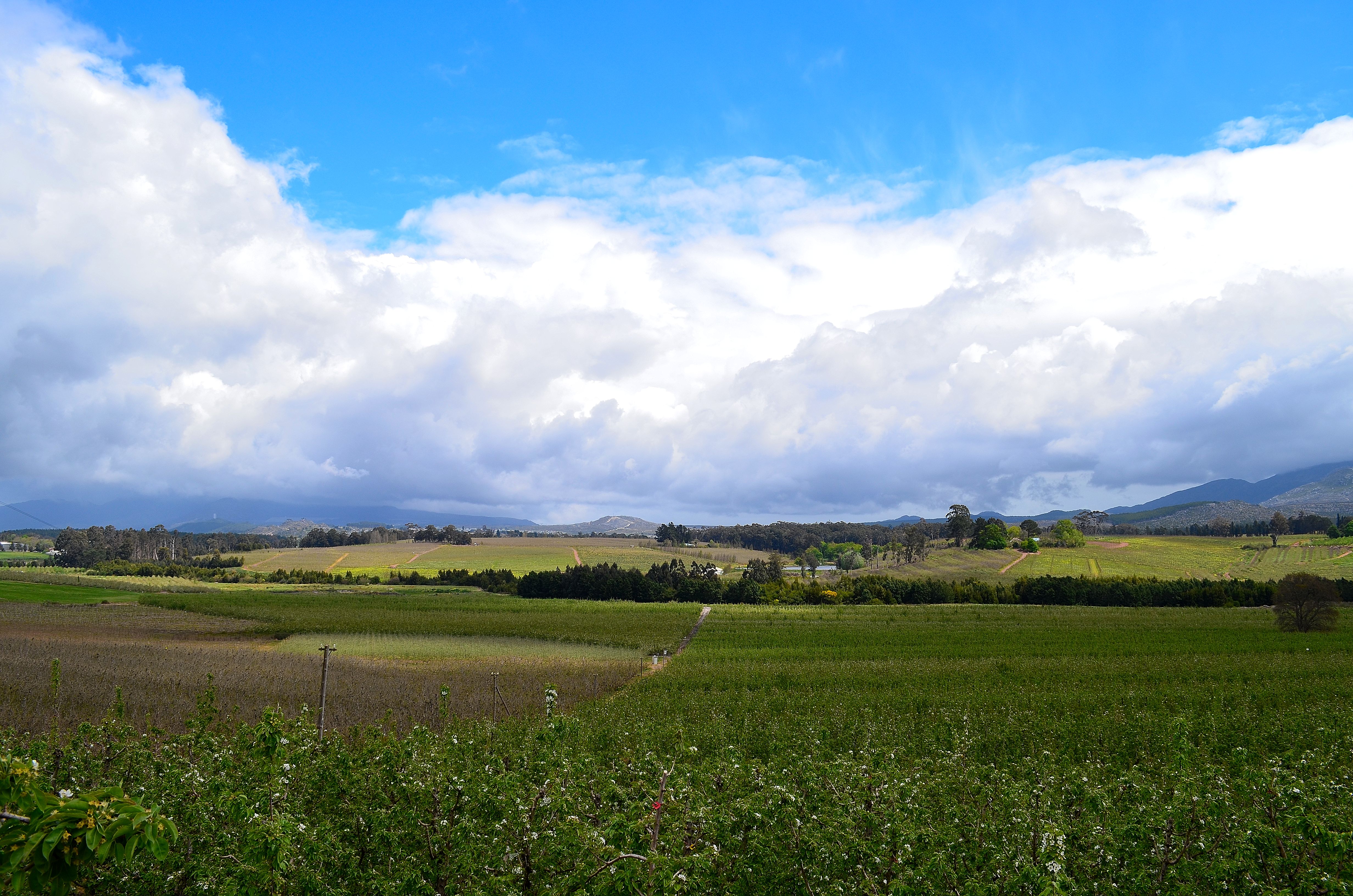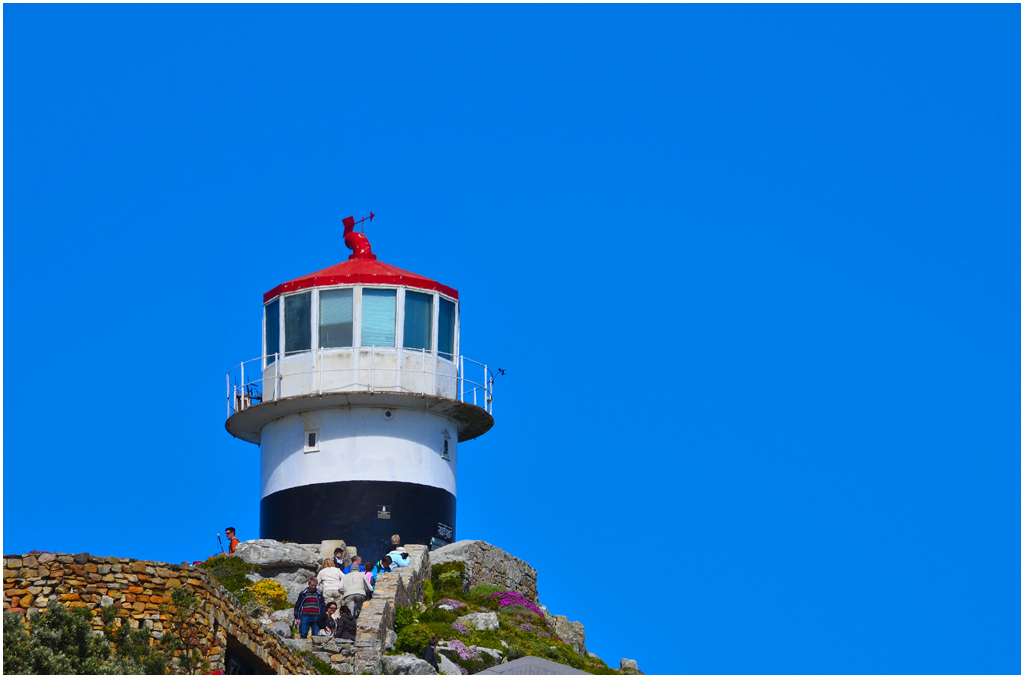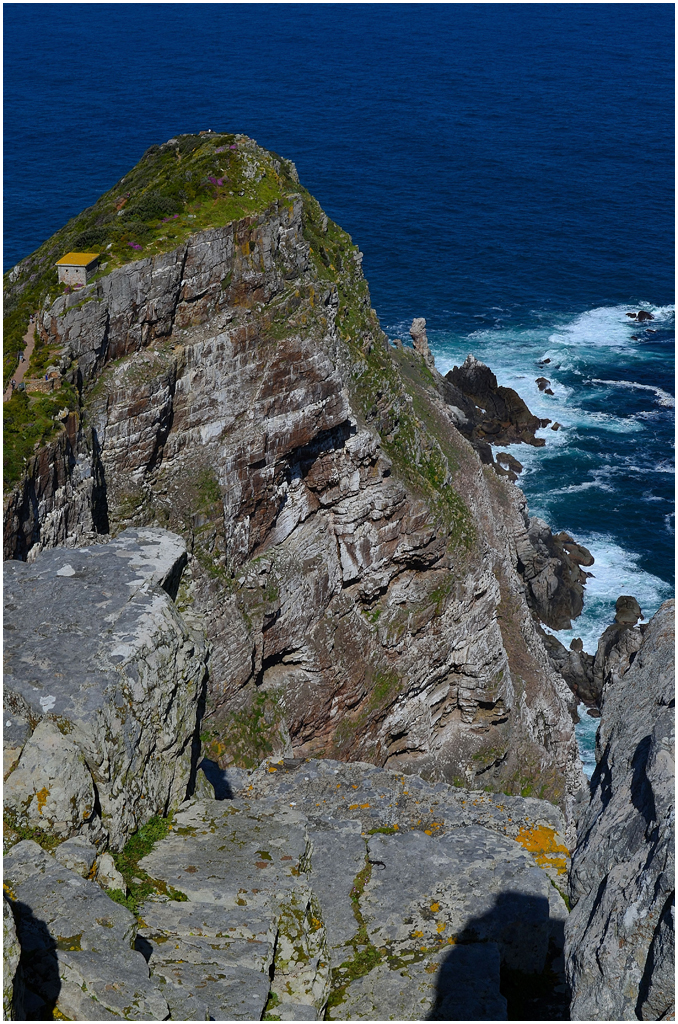The name Sete Cidades refers to the caldera of the dormant volcano in the western part of the island of São Miguel, as well as the village on the shore of the caldera lake.
The name derives from the Latin Insula Septem Civitatum (Island of the Seven Communities/Peoples), a reference to a Latin chronicle from the city of Porto-Cale (the modern city of Porto), written in 750 A.D. by a Christian cleric. During this era, the Iberian Kingdom of the Visigoths was in the process of collapse because of the Muslim invasions (which began in 711 A.D.) The Visigoth archbishop fled to Porto-Cale, fearing the assault of the Muslim forces, from whence he planned an escape to the lands in the Western Sea, which sailors firmly believed existed. In 734, the archbishop, accompanied by six other bishops, their prelates and approximately 5000 faithful, sailed away in a fleet of twenty ships. The chronicle indicated that the fleet arrived at their destination, burned their ships and established seven Christian communities under the reign of the seven religious leaders. Although many prepared to follow, in truth, the archbishop (if he existed) was never heard from again, nor was the route to the mythical lands established. Myth has it that the “Western Islands” were in fact the Azores. However, there are no traces at all of any inhabitants prior to the arrival of the first discoverer, the Portuguese voyager Gonçalo Velho Cabral, in 1427. The term civitatum later became confused with civitas (city), which replaced the earlier urbs.
The caldera is that of a dormant volcano, the last eruption having taken place in the 15th century, around the time the island was discovered. There have been the occasional seismic events, but nothing presenting any danger to the area and its inhabitants.
Today Sete Cidades is the smallest civil parish in terms of population (around 800) of the island, but the largest in area (approximately 20 km²). The caldera is home to the largest caldera lake on the island, the Lagoa das Sete Cidades. It is in fact a twin lake, although the waters mingle. The larger is the Lagoa Azul (Blue Lake) and the smaller the Lagoa Verde (Green Lake) The names refer to the way the two bodies of water reflect sunlight.
There are two other, smaller lakes in the caldera, the Lagoa Rasa and the Lagoa de Santiago. Both are isolated, mystical places of utter peace and quiet.
It is an area of breathtaking beauty and serenity, and visiting Sete Cidades is a truly unforgettable experience.

Probably the most scenic approach to the caldera is from the south-east along the Arrifes – Covoada road. This road ascends the Pico do Carvão, from which one has a breathtaking view of the north coast and central part of the island.

This is the view from the best viewpoint by the roadside, the Miradouro da Vista do Rei. Here one can clearly see the Lagoa Verde in the foreground and the Lagoa Azul beyond, as well as the bridge that separates the two.

From the same vantage point we can also see the village of Sete Cidades.

This is a better look at the Lagoa Verde.

Looking across the Lagoa Azul towards the west.

There are a few scattered holiday cottages on the shores of the Lagoa Azul, and a few farms, too.

The small cottage on the right and closest to the shore in this view is the one in which I woke up on the morning of January 1st, 2000. It is so quiet here that I could hear the priest in the parish church, about a kilometre away! The three weeks I stayed here were simply amazing.

This boathouse is one of the most photographed buildings in the caldera, after the church.

A closer view of the boathouse.

The view looking northwest from the bridge.

The place is one of the greenest I have ever been in. No wonder one’s eyes are soothed, as is one’s soul.

The caldera wall is quite precipitous in places.

This little house is fairly typical of the homes in the village, as well as the island in general.

The parish church, the Igreja de São Nicolau.






























